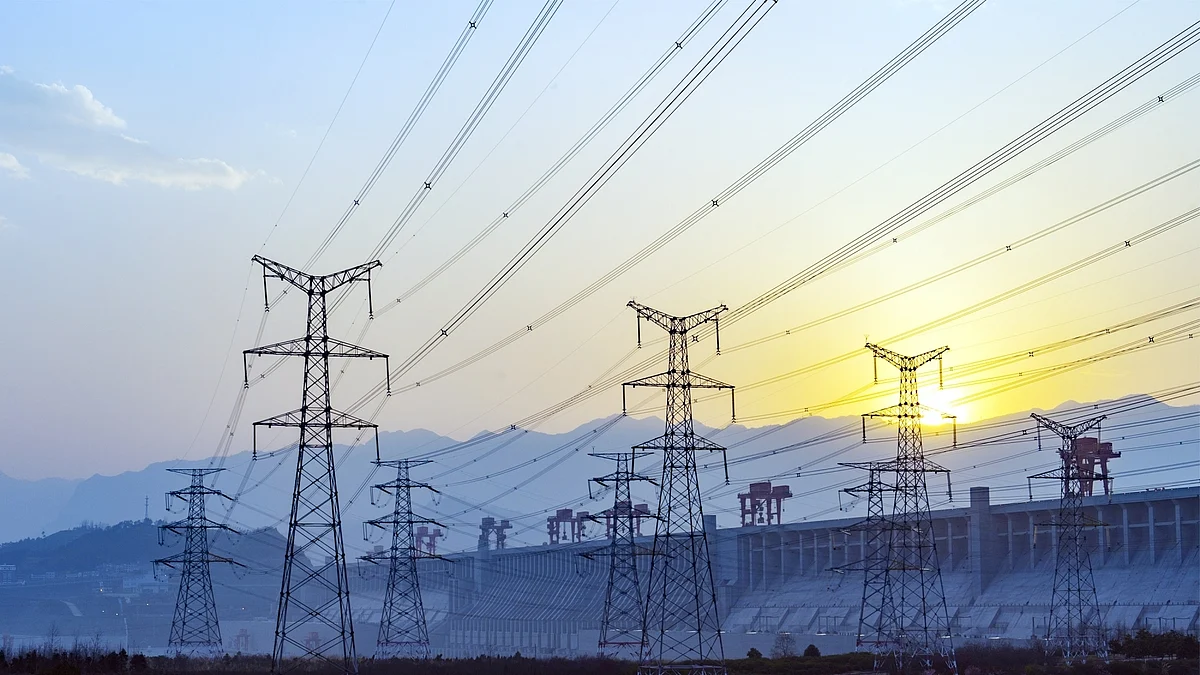Global power sector emissions soar in 2021: Study
The rising global electricity demand in the first half of 2021 outpaced growth in clean electricity, which led to an increase in emissions-intensive coal power, energy think tank Ember said

The rising global electricity demand in the first half of 2021 outpaced growth in clean electricity, which led to an increase in emissions-intensive coal power, energy think tank Ember said on Wednesday.
As a result, the global power sector emissions increased beyond pre-pandemic levels.
For India, the story was a little better as almost three-quarters (72 per cent) of increase in demand was met by growth in solar (plus 47 per cent) and wind (plus nine per cent).
However, the coal generation increased by four per cent, to fill the remaining gap in demand and also to fill reduced hydroelectricity generation. Continued impact of the pandemic in 2021 (H1-2021) kept electricity demand in India muted and coal rises minimal. Electricity demand in H1-2021 was only three per cent higher than H1-2019 levels.
"Catapulting emissions in 2021 should send alarm bells across the world," said Ember's global lead Dave Jones.
"We are not building back better, we are building back badly. A lightning-fast electricity transition this decade is critical to limit global heating to 1.5 degrees. The electricity transition is happening but not with the urgency required: emissions are going in the wrong direction."
The mid-year update to the Global Electricity Review published by Ember analyses electricity data from 63 countries, representing 87 per cent of the electricity demand.
It compares the first six months of 2021 (H1-2021) to the same period in 2019 (H1-2019), to show for the first time how the electricity transition has changed as the world rebounds from the impact of the pandemic in 2020.
The report reveals that global power sector emissions rebounded in the first half of 2021, increasing from the lows seen in H1-2020, so that emissions are now five per cent above pre-pandemic levels of H1-2019.
The global electricity demand also rose by five per cent in the first half of 2021 compared to pre-pandemic levels, which was mostly met by wind and solar power (57 per cent) but also an increase in emissions-intensive coal power (43 per cent). Gas was almost unchanged, while hydro and nuclear saw a slight fall.
For the first time, wind and solar generated over a tenth of global electricity and overtook nuclear generation.
Many countries have pledged to 'build back better' and propel their economies into a new green normal.
However, the analysis shows that no country has yet achieved a truly 'green recovery' for their power sector, with structural change in both higher electricity demand and lower CO2 power sector emissions.
Although Norway and Russia appear in the 'green recovery' quadrant, this is due to temporary factors -- mostly better rains giving higher hydro generation -- rather than a significant structural improvement in the electricity sector.
Several countries including the US, EU, Japan and Korea achieved lower power sector CO2 emissions compared to pre-pandemic levels, with wind and solar replacing coal, but only in the context of suppressed electricity demand growth.
Countries with rising electricity demand also saw higher emissions, as coal generation increased as well as wind and solar. These 'grey recovery' countries are mostly in Asia, including China, Bangladesh, India, Kazakhstan, Mongolia, Pakistan and Vietnam. These countries have yet to decouple emissions and electricity demand growth.
The fastest electricity demand growth was in Mongolia, China and Bangladesh, which all saw coal meet a large amount of this rise. Bangladesh was the only country with no increase in clean electricity.
Vietnam was the only 'grey recovery' country where solar and wind met all of the increase in electricity demand, but power sector CO2 emissions still rose four per cent because of a switch from gas to coal generation.
"Developing Asia must focus its attention on meeting all demand growth with new zero-carbon electricity as a first initial step of the region's journey towards 100 per cent clean electricity before mid-century," said Ember's senior analyst Muyi Yang.
"Developing Asia can leapfrog fossils and move straight to cheap, clean renewables. But this is contingent on whether the region can further accelerate its inexorable march of clean electricity while at the same time use electricity more efficiently."
Follow us on: Facebook, Twitter, Google News, Instagram
Join our official telegram channel (@nationalherald) and stay updated with the latest headlines
